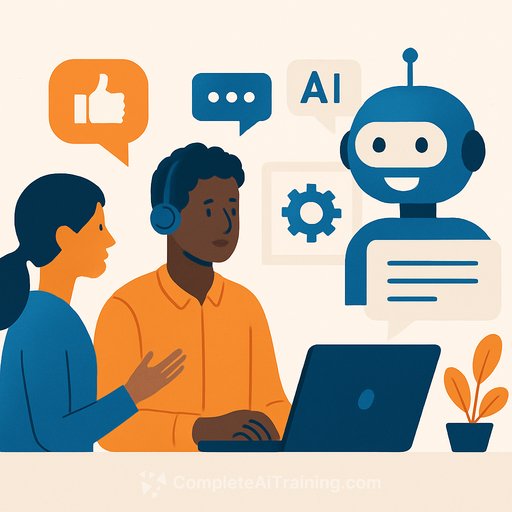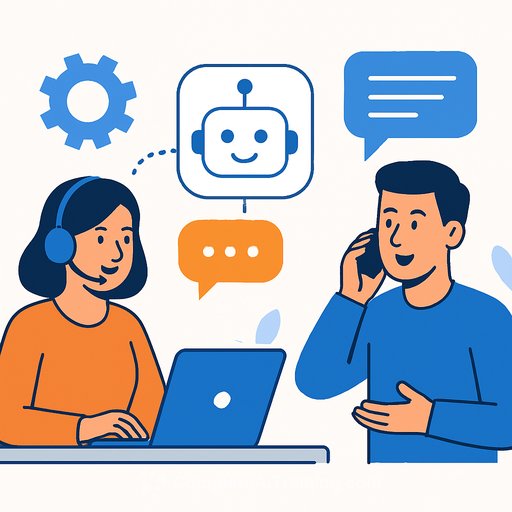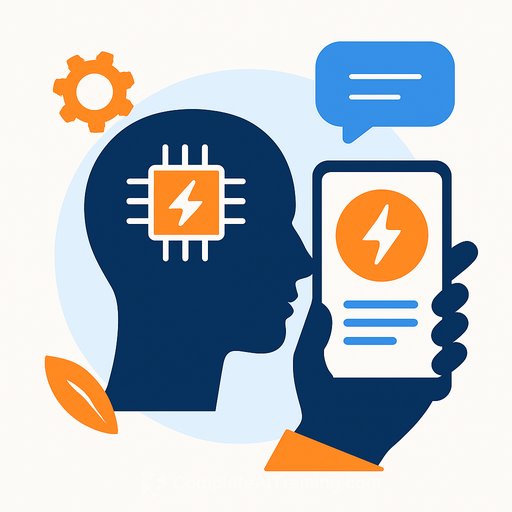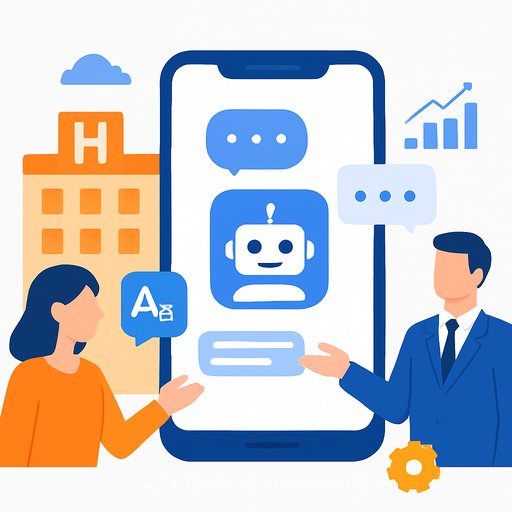Zendesk CTO on the New Era of Customer Experience
Zendesk has been integrating artificial intelligence (AI) into its customer experience (CX) platform for over a decade. What’s changed is who’s driving the AI agenda. Previously, Zendesk led the push for AI adoption, but now, customers with executive-level backing are taking the reins.
This shift is reshaping Zendesk’s approach, including its pricing model. Moving away from traditional per-seat licensing, Zendesk now charges based on each issue resolved by AI agents. This aligns Zendesk’s success with actual customer outcomes, demanding a closer partnership to ensure the technology delivers real value.
From Vision to Customer-Driven AI Demand
Jason Maynard, Zendesk’s CTO for Asia-Pacific and North America, explains that the AI movement has flipped since 2018. Instead of Zendesk pushing AI, customers are initiating board-level strategies to deploy it. The focus is twofold:
- Improve customer experience by reducing wait times and delivering real-time resolutions.
- Cut costs by automating repetitive tasks and reducing labor expenses.
Over 10,000 Zendesk customers now use AI products addressing various CX challenges — from end-to-end automation to predictive workforce management. The goal is clear: focus on outcomes, not just the technology.
Outcomes-Based Pricing and Deeper Customer Engagement
The new pricing model means Zendesk’s incentives align directly with customer success. To deliver value, Zendesk teams work closely with customers from pilot stages, analyzing historical data to identify high-impact automation opportunities.
Some tasks can be fully automated, while others with compliance or trust risks require a human in the loop. This approach demands more consultation and expertise than Zendesk’s early self-service model, turning software sales into outcome-driven partnerships.
New Roles Emerging in Customer Support Teams
AI adoption is creating new roles like the “bot manager” or “AI architect.” These professionals coordinate content creation, technical integration, and AI agent management. Customer support leaders, traditionally skilled in people management, are now expected to scale technology solutions.
This shift is similar to what marketing experienced in the 2000s when it became more data-driven and technical. Customer support is now at a similar crossroads, requiring reskilling and new ways of working.
Keeping Pace with AI Advances
Zendesk’s approach is to shield customers from constant technology changes. Their AI agent uses a combination of five different large language models (LLMs), each handling specific tasks like conversation planning or task ontology creation. This modular system allows Zendesk to swap in better models as they become available without disrupting customer setups.
Emerging standards like the model context protocol (MCP) and agent-to-agent (A2A) communication could streamline AI integrations, but the space is still developing. Zendesk is experimenting with these but notes the ecosystem remains fragmented and manual in many areas.
Why Multiple Models Instead of One Proprietary AI?
Training AI models from scratch is costly. Instead, Zendesk fine-tunes existing foundation models for specialized CX tasks. This approach balances performance with cost, enabling efficient handling of millions of interactions without inflating customer expenses.
For example, fine-tuned models generate precise task descriptions crucial for automation, while other models handle dialogue generation. This mix-and-match strategy optimizes both quality and cost.
AI Agent Lifecycle and Governance
Deploying AI agents involves a clear lifecycle: design, testing, deployment, and continuous feedback. Zendesk starts by analyzing customer interaction data to identify automation candidates, then works with customers to define procedures ranging from simple Q&A to complex system actions.
Post-deployment, Zendesk uses AI-powered quality assurance tools to score 100% of interactions — human and AI alike — across factors like tone and compliance risk. This feedback helps bot managers refine the AI, creating a cycle where AI improves AI.
Impact on Business Process Outsourcing (BPO) and CX Ecosystem
AI is shifting how companies use BPO firms. Since BPOs typically handle high-volume, low-complexity queries, AI can replace many of these tasks, reducing costs. Some customers are reconsidering BPO contracts to let AI manage tier-one support directly.
For companies with large internal teams, the change is more complex. Many are adopting AI copilots to boost existing team productivity rather than cutting headcount immediately.
As AI continues to change customer support, reskilling and new roles will become essential. For support professionals looking to build AI skills, exploring targeted courses can be a smart move. You can find relevant AI and automation courses at Complete AI Training.
Your membership also unlocks:





